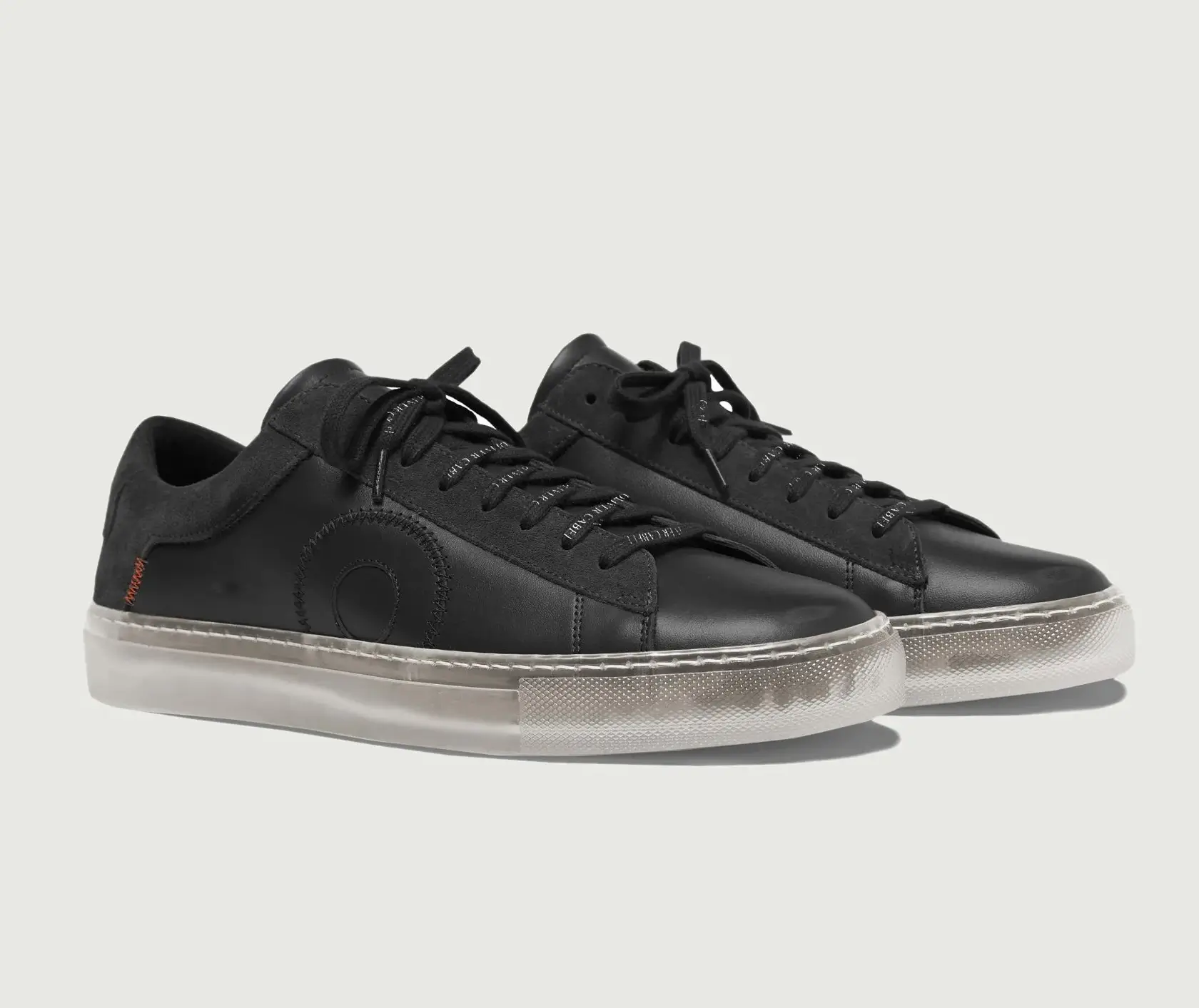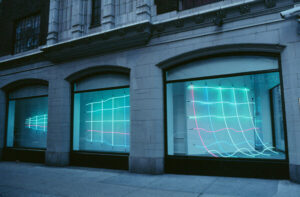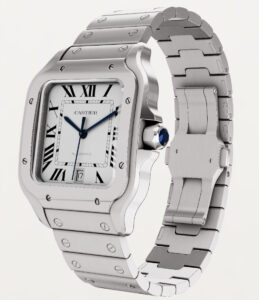
In an age where brand engagement extends beyond mere transactions, companies are increasingly looking to create meaningful connections with their audiences. HOKA, the French running brand known for its maximalist shoes and innovative approach to footwear, recently demonstrated a masterstroke in localization with its Run Stop Corner Shop pop-up in East London. By transforming an everyday British staple—the corner shop—into an interactive hub for runners, HOKA has seamlessly embedded itself into the local culture while elevating brand awareness in an authentic and engaging way.
The Concept: Bringing Running Culture to the Everyday
HOKA’s Run Stop Corner Shop cleverly reimagines the quintessential British corner shop as a space dedicated to running culture. Situated in East London—an area known for its dynamic blend of cultural influences and fitness-conscious residents—the pop-up offers more than just a shopping experience. Visitors can expect:
•Snacks and Scratch Cards: Items typically found in a corner shop, but with a twist—running-related goodies and surprises.
•‘Hokens’ from a Working ATM: A playful spin on loyalty rewards, these branded tokens unlock exciting prizes such as the latest Bondi 9 running shoes or entry to the prestigious Hackney Half Marathon.
•The FlyLab: A hidden, neon-lit space that offers an immersive product testing experience, fostering a sense of discovery and deeper engagement with HOKA’s innovative footwear technology.
By tapping into the familiar and infusing it with unexpected elements, HOKA has created an experience that feels accessible yet exclusive—an essential balance for any successful experiential marketing campaign.
Cultural Familiarity: The Power of Local Connection
One of the key strengths of HOKA’s Run Stop Corner Shop is its ability to resonate with the everyday lives of Londoners. The British corner shop is more than just a convenience store; it’s a cultural institution that serves as a community hub for locals. By embedding the HOKA brand within this familiar setting, the pop-up instantly establishes an emotional connection with consumers, making the brand feel like a natural part of their world.
Immediate Recognition: Using a well-known setting lowers barriers to engagement, making potential customers feel comfortable exploring the brand.
Authenticity: Rather than feeling like an intrusive marketing stunt, the campaign feels like an organic extension of the neighborhood.
Community Engagement: Londoners are likely to share their experiences with the pop-up, driving word-of-mouth marketing and reinforcing the brand’s local presence.
HOKA’s approach echoes similar campaigns that have successfully leveraged cultural touchpoints. Burberry’s transformation of Norman’s café in London and Venice M’Art’s curated retail spaces inspired by retro markets have both demonstrated the power of blending commerce with community charm.
Interactive Elements: Making Engagement Playful and Rewarding
A key element of the Run Stop Corner Shop experience is interactivity. HOKA understands that modern consumers crave more than passive brand interactions—they want to participate, play, and be rewarded. Features such as the ‘Hokens’ ATM provide a gamified experience that not only attracts foot traffic but also keeps visitors engaged.
What Makes the Interactive Elements Effective:
•Gamification: Introducing elements of chance and reward (e.g., scratch cards, token-based prizes) creates anticipation and excitement.
•Tangible Takeaways: Offering real rewards, such as entry to a popular race or a pair of coveted running shoes, ensures visitors leave with a memorable brand experience.
•Social Media Amplification: These playful interactions are highly shareable, encouraging visitors to post their experiences online and extend the campaign’s reach.
By integrating interactive elements, HOKA turns what could have been a static retail space into a dynamic, participatory environment—enhancing customer engagement and loyalty.
Layered Storytelling: Adding Depth to the Experience
Beyond the surface-level charm of the corner shop transformation, HOKA’s inclusion of the hidden FlyLab adds an extra layer of intrigue. This secretive product testing and community space invites customers to go beyond the obvious and dive deeper into HOKA’s innovations. The contrast between the familiar (corner shop) and the unexpected (innovation lab) creates a compelling narrative that unfolds organically as visitors explore the space.
Depth and Discovery: Encourages visitors to spend more time engaging with the brand, fostering a deeper emotional connection.
Brand Credibility: Positioning HOKA not just as a footwear company but as an innovator in the running space.
Personalization: Providing a space where runners can engage with the brand on their own terms, whether they’re interested in performance insights or community-driven activities.
The FlyLab demonstrates how a campaign can offer multiple layers of engagement, appealing to both casual shoppers and dedicated runners alike.
Lessons from Similar Brand Strategies
HOKA’s strategy isn’t entirely new; several brands have successfully blended global appeal with local cultural elements to create meaningful experiences. Some notable examples include:
•Burberry x Norman’s Café: By taking over a beloved local eatery and infusing it with Burberry’s luxury branding, the campaign seamlessly married high fashion with everyday life.
•Venice M’Art: Inspired by retro European markets, these curated spaces evoke nostalgia and intimacy, making high-end shopping feel more personal.
•Nike’s Community Pop-Ups: Known for their localized approach, Nike’s pop-ups often reflect the interests and cultural nuances of their target communities, reinforcing their brand’s authenticity.
These examples highlight a growing trend—brands are no longer content with traditional retail experiences. Instead, they are embedding themselves within the cultural fabric of the communities they aim to serve.
Impression
HOKA’s Run Stop Corner Shop is more than just a temporary pop-up; it’s a glimpse into the future of retail and brand storytelling. By seamlessly blending global ambition with local culture, HOKA has crafted an experience that resonates on both an emotional and practical level.
For other brands looking to create similar engagement, the key takeaways are clear:
•Know Your Audience: Understanding the cultural touchpoints that matter to your target market can help you create authentic connections.
•Prioritize Experience Over Sales: A memorable experience can drive long-term loyalty more effectively than a straightforward sales pitch.
•Embrace Playfulness: Incorporating interactive and gamified elements can make your brand more relatable and engaging.
As brands continue to explore innovative ways to connect with their audiences, HOKA’s approach stands as a compelling example of how to turn everyday spaces into extraordinary experiences.
No comments yet.









